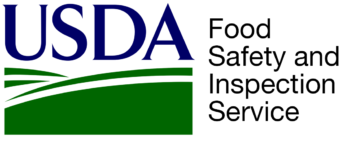FSIS conducted a non-scientific study to determine the presence of Salmonella in these products. As a result, Laboratory Quality Assurance, Response, and Coordination Staff (LQARCS) issued a report that claims that while the prevalence of Salmonella contamination in regulated poultry products has decreased by more than 50% in recent years, there has not been a reduction in human illnesses attributable to poultry. Over one million Salmonella illnesses occur annually, with more than 23% of foodborne salmonellosis attributed to poultry consumption. From 1998 to 2021, FSIS and public health partners investigated 14 Salmonella illness outbreaks associated with the consumption of not ready-to-eat breaded and stuffed chicken products. FSIS investigated the presence of Salmonella and sanitary indicator aerobic organism counts using the current validated methods employed by 11 state public health and agriculture laboratories from July 1, 2022, to September 30, 2022. In total, 58 of the 487 samples were positive for the presence of Salmonella. A noticeable positive rate difference was seen between laboratories that ran methods like FSIS (36 of 135, 27%) using larger test portions and laboratories that ran methods different from FSIS (22 of 352, 6%) using smaller test portions. Small amounts of Salmonella present in the product or uneven distribution of Salmonella contamination could account for the lower positivity rates when smaller sample portions were tested. Total aerobic counts were similar across the products tested. Whole genome sequencing of Salmonella detected Salmonella Enteritidis (18/58), Salmonella Infantis (22/58), Salmonella Kentucky (15/58), and Salmonella Typhimurium (3/58).
No comments

